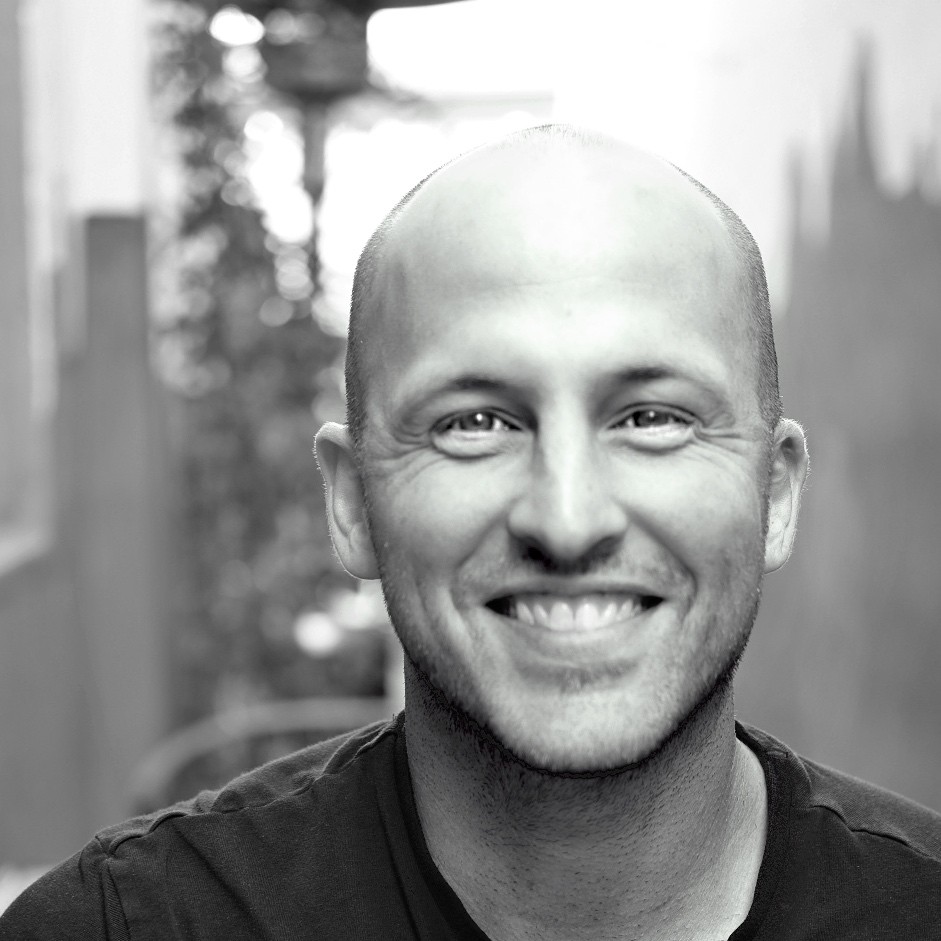Please wait...
About This Project
The access to educational resources for hands on biotech in the classroom, globally, is heavily constrained by the exotic and/or regulated reagents used in routine bioengineering protocols. The need for antibiotics in molecular cloning is a very large barrier to entry for educators, especially in the Global South. I have prototyped a positive selection system and wish to refine protocols for modern cloning using table sugar in safe laboratory E. coli and beyond.
More Lab Notes From This Project

Browse Other Projects on Experiment
Related Projects
Zap-pore: DIY Electroporation for Global Biotech Accessibility and for plant genetic engineering
Zap-pore is a low-cost (10$), open-source DIY tool for electroporation, using everyday tools and common...
Exploring African biodiversity with an open-source educational program in Plant Synthetic Biology
Much of Africa's plants have not been studied. As a non-profit, SynBio4ALL aims to study plant biodiversity...
Empowering high school students in genome sequencing and bioinformatics
This project transforms HS science education by integrating real-time DNA barcoding and bioinformatics into...




